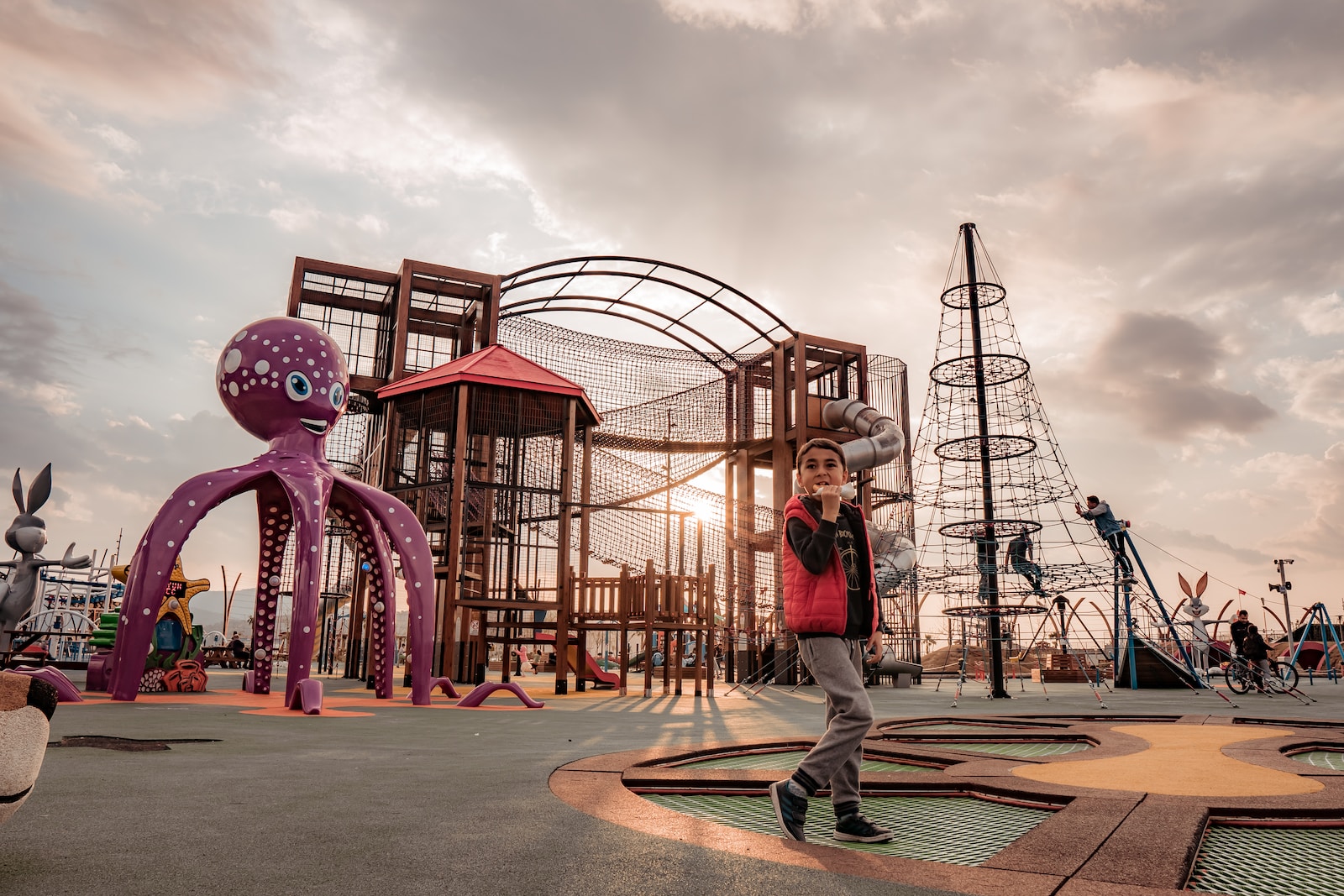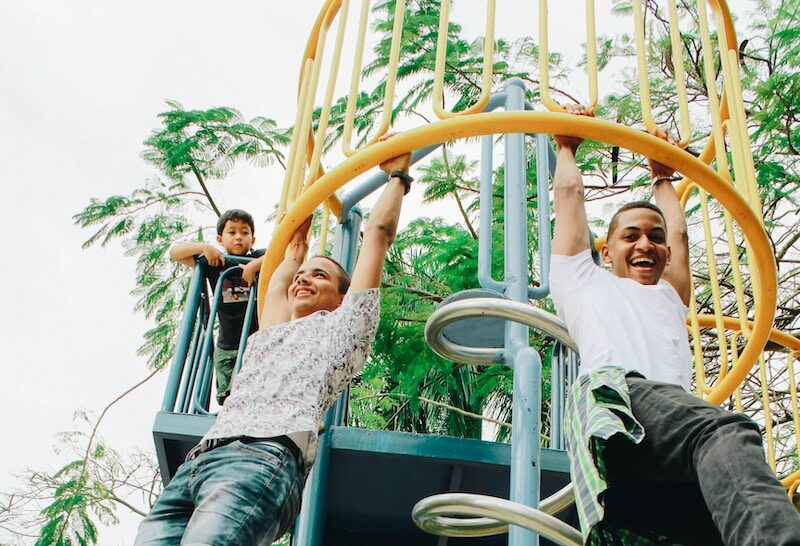Abstract
School playgrounds are important for children’s health and development, but tweens (children aged 9–12) have been overlooked in playground research. Using an integrated analysis in an explanatory mixed-methods sequential study design, we analyzed and integrated data from three studies aiming toward a wholistic understanding of tweens’ playground behavior that can guide practitioners.
The study included four Danish school playgrounds, and data from accelerometers and GPS devices, structured observations, and go-along group interviews. Through a merging analysis with both quantitative and qualitative results, we produced interrelated analyses that pointed to themes of tween’s playground use.
For practical implications, the findings speak for implementing motivating and active playgrounds for tweens by designing and building (1) social areas for tweens to hang out and engage in talkative play with their friends, (2) challenging play opportunities that fit the competence level and size of tweens, and (3) physically activating areas such as ball game areas and climbing equipment.
Journal: International Journal of Play
Year: 2024



